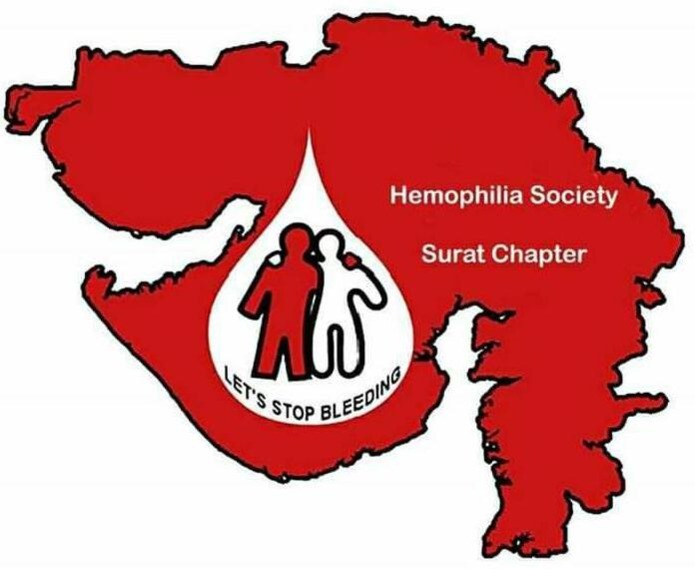History of Hemophilia
Although effective treatment has only become available in recent decades, Hemophilia was known to the ancient world. The earliest written references to what appears to be Hemophilia are encountered in Jewish texts of the second century AD. Rabbinical rulings exempted male boys from circumcision if two previous brothers had died of bleeding after the procedure. The Jewish physician Moses Maimonides (1135-1204) applied this ruling to the sons of a woman who had married twice, thus apparently appreciating the hereditary nature of the condition.
The Arabic physician Albucasis (1013-1106) also described a family where males died after trivial injury. First descriptions The first modern description of Hemophilia is attributed to Dr. John Conrad Otto, a physician in Philadelphia, who in 1803 published a treatise, entitled “An account of a hemorrhagic disposition existing in certain families.” He appreciated the three cardinal features of Hemophilia: an inherited tendency of males to bleed. Otto traced back the pedigree of the family he studied to a woman who had settled near Plymouth, New Hampshire, in about 1720.
Origin of The Word ‘Hemophilia’
However, the first use of the word “Hemophilia” appears in an account of the condition written in 1828 by Hopff (“Über die haemophilie oder die erbliche Anlage zu todlichen Blutungen”), a pupil of Schönlein at the University of Zurich. Hemophilia B was only distinguished from the more common type in 1952, and is often referred to as “Christmas disease” after the surname of the first child reported with this condition.
Hemophilia – The Royal Disease
Hemophilia is sometimes referred to as “the royal disease” because several members of noble families in Europe were affected by it. Queen Victoria had no ancestors with the condition but soon after the birth of her eighth child, Leopold, in 1853, it became evident that he had Hemophilia. Queen Victoria was thus an example of how the condition can arise as a spontaneous mutation. Leopold died at the age of 31 from an intracerebral hemorrhage after a fall. Two of Queen Victoria”s own daughters, Alice and Beatrice, were also carriers of Hemophilia. The condition was transmitted through them to several royal families in Europe, including Spain and Russia.
Perhaps the most famous affected individual was the son of Tsar Nicholas II of Russia, Tsarevich Alexis, who was born in 1904. There has been speculation that the illness led to severe strain within the royal family, and enabled Rasputin to gain influence over the family, ultimately leading to the downfall of this once powerful dynasty.
Reach Us
Hemophilia Society Surat Chapter
Ground floor, Shiv Darshan Apt.
Chanlla gali , Gopipura,
Surat-395001
In-case of Emergency
Hemophilia Care Centre
Ground floor, Stemcell building
New Civil Hospital Majuragate
Surat-395001
80000 94993
surat@hemophilia.com
